How to Fix a Sagging Gutter: 5 Easy Steps
-
Pete Ortiz
- Last updated:
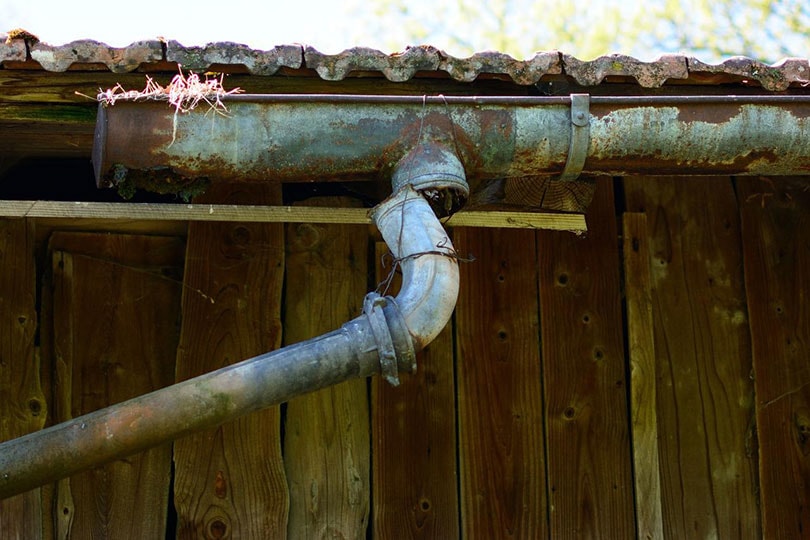
If you have gutters around the eaves or fascia of your home, they should have some sort of hangers or brackets that keep them up and help direct water away from your foundation. If these fail to function, or are not installed in the first place, they end up sagging as time goes on. If left uncorrected and unprotected, a sagging gutter means rainwater will leak into your home rather than draining away.
Not only is this unsightly, but it also can lead to damage to ceilings, floors, and walls inside the house and even rotted wood framing if there’s substantial leakage. In short: A sagging gutter can be very damaging to your property. So how do you fix a sagging gutter? Read on for some helpful ideas.
5 Easy Steps to Fix Sagging Gutters
1. Install New Brackets or Hangers

Gutters are designed to sit on a hanger or bracket that is installed around the fascia or the top edge of the roof where the gutter is attached. If the existing hangers are old and corroded, they may have let go from your home’s structure and caused the gutters to sag. When this happens, it is best to replace the hangers with new ones designed for the purpose, like these architectural hangers.
If the hangers are still in good shape, but the gutters are sagging, you might be able to solve the problem by adjusting the hanger bolts so that they have less sag. You might even be able to use washers or washer-like brackets to add strength to the mounting points. If you’re installing a new gutter, consider getting a model with hangers that are adjustable. That way, when it sags, you can readjust them as needed.
2. Repair Sagging Gutter Brackets
If the brackets that support the gutter are sagging, you might be able to repair them instead of replacing them. You can try tightening the bolts that hold the brackets in place. If you can’t get them to budge, you could also try replacing them with larger bolts, but be sure to use anchor bolts with the same type of finish as the ones already in place.
Another option is to replace the brackets with larger ones that have more support. If you have one bracket that is sagging and other brackets that are not, it might be best to replace all of the brackets at once.
Consult a gutter installation expert
Find a gutter specialist in your area, and get free, no-commitment estimates for your project.

3. Add Reinforcing Mesh
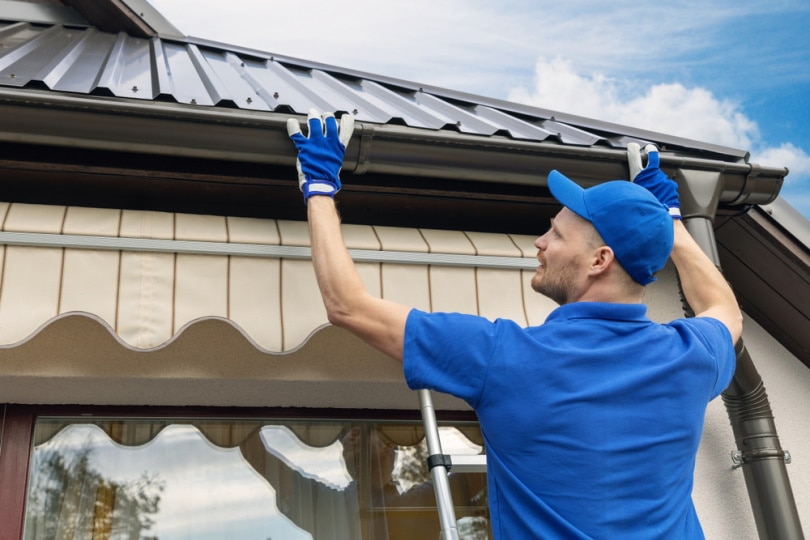
If the brackets are in good condition but there is a substantial sag, you might be able to add a reinforcing mesh to help keep the brackets upright. This is a quick and inexpensive way to solve the problem without having to replace any parts. You can find reinforcing mesh at most hardware stores or online.
Make sure you read the directions carefully so you know exactly how to install the mesh so that it makes a difference but doesn’t cause more problems. Reinforcing mesh is designed to be mounted on the brackets, so you will need to have the brackets in place and the gutter attached before you can install it.
Be careful when you install the mesh to make sure it is not too tight and that it doesn’t interfere with the gutter’s movement. It should be tight enough to provide the support you need, but not so tight that it makes the gutter hard to move.
4. Add Shims to Help Fix Sagging Gutters
If the brackets are in good condition and the gutter is just too long, you might be able to use shims to shorten the length of the gutter and put an end to the sag. You can get these at a hardware or home improvement store or online. Make sure the shims you use are rated for outdoor use. You can also use wooden shims if you have them on hand.
It’s best to use shims with a thickness that matches the width of the gutter. Depending on the width of the gutter, you might need to use a few shims to make a difference. Be sure to place the shims on the outside edges of the gutter.
This will shorten the length of the gutter without changing the angle at which it is attached to the brackets. If you use shims and some sagging still remains, you might need to replace the gutter entirely.
5. Install New Gutters
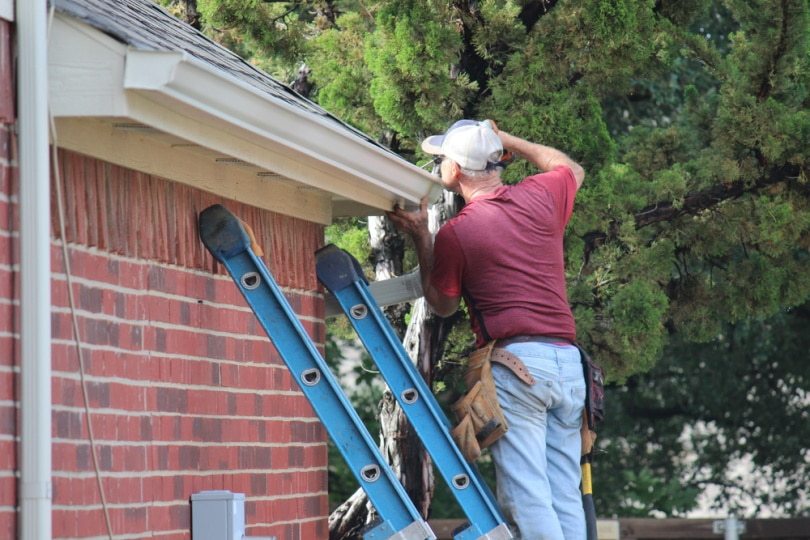
If none of the above solutions work, you may need to replace the gutter entirely. Check the gutter manufacturer’s website to see if they have any installation instructions specific to your situation. If you’re installing new gutters, you can also adjust their length to avoid future sagging. This can save you some money since you won’t have to buy extra-long gutters.
It’s also a good idea to get new gutters if the ones you have are old, rusty, or otherwise in bad condition. New gutters will not only solve the sag problem, but they’ll also help to protect your home from water damage. New-model gutters are also highly weather-resistant, meaning they are less susceptible to rust and corrosion. These gutters can also be a good aesthetic choice if your current gutters are old and unsightly.
 Other Common Roof Issues
Other Common Roof Issues
Roof issues can happen without warning, which is why it’s important to stay on top of maintenance. If you see any signs of trouble, don’t wait to address the issue – the sooner you act, the easier it will be to solve the problem. That being stated, let’s take a look at the most common roof issues.
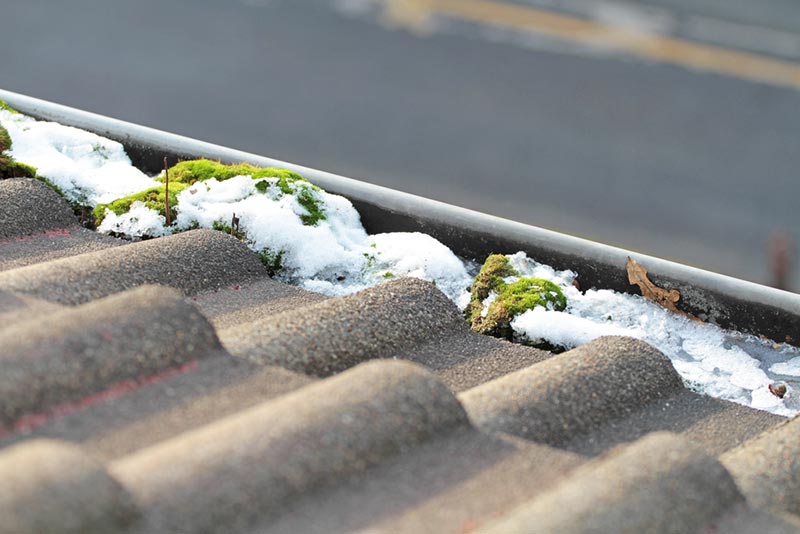
Roof Leaks and Blowouts
Roof leaks are one of the most common roof issues and can be caused by a variety of factors, from a defect in the roof itself to blocked gutters or clogged downspouts. A roof blowout can occur due to excess weight or high winds. It’s most often seen on commercial buildings that have large roofs and high traffic.
Curling or Buckling Shingles
While curled shingles are typically an aesthetic issue, they can actually cause structural problems with your roof. They can also indicate a bigger problem: Water penetration. These issues can be caused by temperature fluctuations, poor installation, or improper ventilation.
Leaks Along the Roof’s Edge
A roof leak can occur when the flashing at the edge of the roof is broken or missing. This can be a problem in any type of roof, but it’s most common in those with lower slopes.
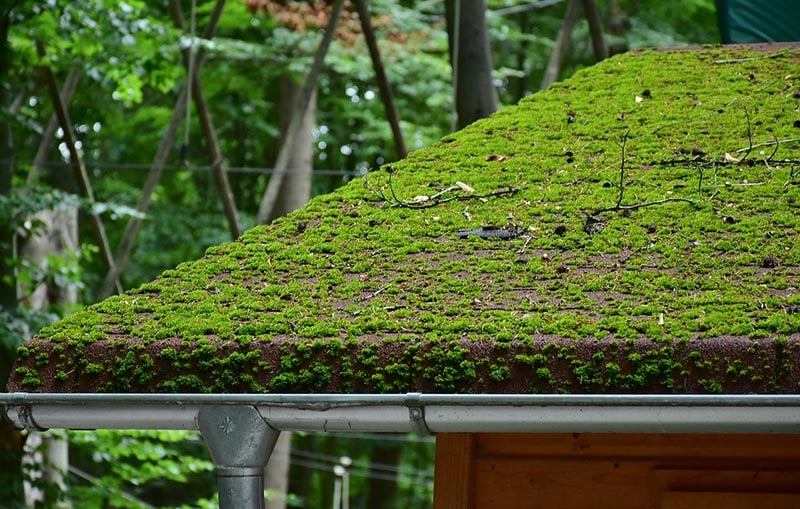
Roof Collapse
Most roofs have a load-bearing capacity of about 40 pounds per square foot—which means they can support 40 pounds for each square foot of surface area. So, if your roof holds more than that, it can collapse.
Structural Damage
Snow can be damaging to your roof if you live in an area that receives a lot of it. If your roof can’t handle the snow load, it’s referred to as “dead load,” and it can weigh down the structure of your home. The more snow that falls, the more weight your structure has to support, and it can be difficult to determine the exact amount of snow that can cause damage.
Worn Out or Damaged Shingles
If your shingles are worn out, damaged, or missing, they could be a fire hazard because they lack the insulation that keeps your house safe from electrical sparks. It can also cause water damage to your home and even mold.

Tear-offs
When you do a tear-off, you’re removing the entire roof—which could affect all your electrical wiring. If you have a new roof installed and you don’t address your wiring, it could short out and start a fire.
Hail Damage
Hail is a frequent and destructive occurrence during many parts of the year, but it’s not always clear if the damage it causes is enough to warrant a full roof replacement. The resulting dents and dings can often be repaired with a little work and some roofing tar.
The shingles on your roof are meant to protect your home from hail, but they can only do their job when they’re in good condition. Hail dents and dings are common, and even if they don’t penetrate through the shingles, they can cause other issues if not addressed.
Roof Rot
Roof rot is a fungal infection that affects the roof’s shingles and roofing materials. It can be caused by a variety of factors and results in discoloration and the formation of mold.
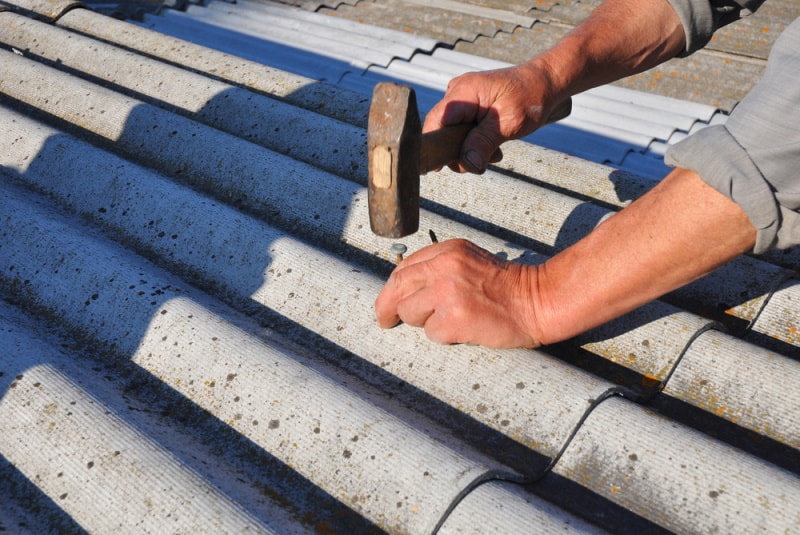
Condensation
Condensation occurs when warm air is cooled and cools the surface it’s touching. If you have a low-slope roof and your attic is warm, the warm air will rise and cool the roof, creating condensation that can damage your shingles due to excess moisture.
Conclusion
Sagging gutters can cause structural damage to your roof and home, but there are many solutions to fix them. Sometimes, it’s as simple as replacing a single bracket, but other times you may need to replace all the brackets. If the gutters are severely damaged, you may have to replace your gutters entirely. Cleaning your gutters regularly can help the gutters last longer and prevent sagging in the first place.
Featured Image Credit: Antranias, Pixabay
Contents


